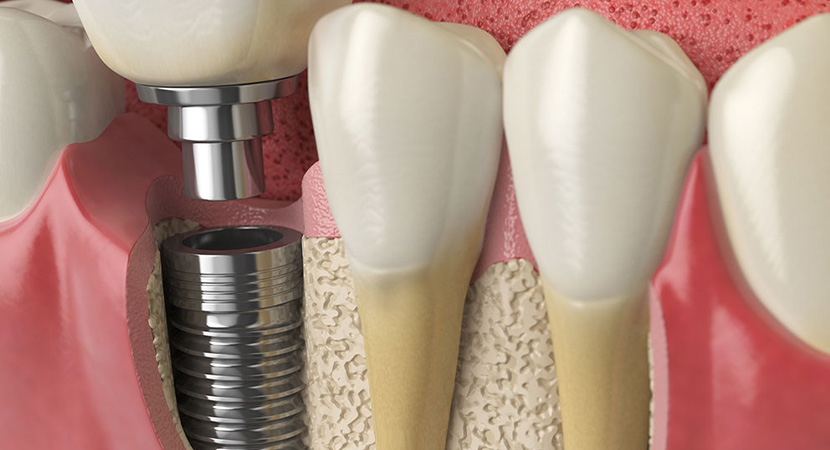
Sinus Lifting Operation
In cases where there is insufficient jawbone in the posterior region of the upper jaw for healthy implant placement, the floor of the maxillary sinus is lifted upward to increase the amount of existing bone. In this surgery, which can be performed in two different techniques, open and closed, the bone graft is placed on the floor of the sinuses, allowing for the use of longer implants.
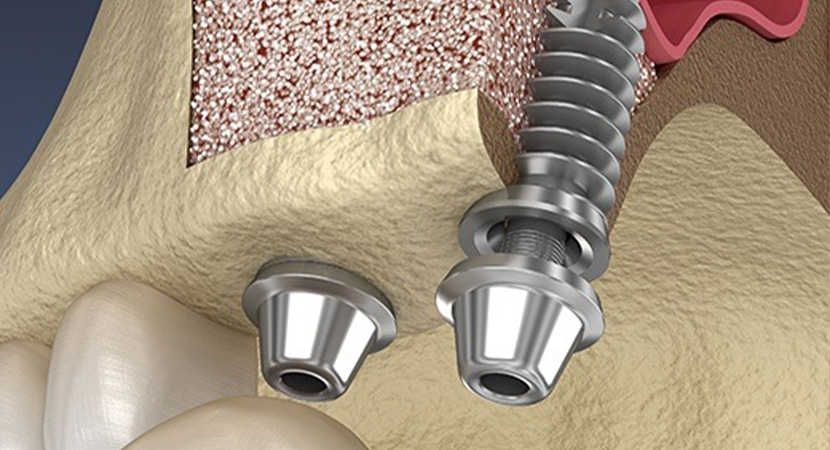
Maxillary Sinus
The Maxillary Sinus is located on both sides of the skull, at the level of the nose and above the molars of the upper jaw. Its main function is to reduce the weight of the skull and to produce mucus. It ensures that the inhaled air is warmed and humidified before being sent to the lungs and that the acoustics of a person's voice are regulated. When we have a cold, the amount of mucus in these pockets increases, which changes our voice.
With age or due to congenital inherited reasons, sometimes this sinus membrane sags downwards and the volume of bone decreases. When the height drops below 4 mm, treatment with implants is not possible. Although implants with a length of 4 mm produced today can be applied especially in the molar area of the lower jaw, the bone of the upper jaw is usually softer and of poorer quality. Therefore, the use of 10 mm or larger implants increases the success of the treatment.

There are some conditions that require Sinus Lifting:
• From birth, the sinuses of the upper jaw may have a very close relationship with the molars below. And with the loss of teeth, the distance to the bone edge of the upper jaw decreases further.
• Gum diseases can cause bone loss around the teeth. The reduction in bone quantity in the upper jaw leads to the sinuses sagging.
• With the loss of molars in the upper jaw, the bone that is not exposed to chewing forces begins to decrease over time. Within 3-4 years after tooth extraction, the height of the bone around the tooth may decrease by 60%.
• A cyst or tumor may have been removed from the mouth.
• The molar teeth may have been broken during extraction, and your dentist may have had to remove part of the bone.

Open Sinus Lifting
Open Sinus Lift surgery is performed in cases where the bone height in the back of the upper jaw falls below 4 mm. In this technique, which is introduced laterally through the gum above the molars, the sagging membrane can be lifted more than with the closed technique.
The stages of the sinus lift procedure are as follows:
• Under local anesthesia, the dentist accesses the bone of the upper jaw by making an incision in the area of the premolar of the upper jaw.
• Then, a window with a diameter of 3-5 mm is opened on the bone, reaching the sinus membrane beneath the bone.
• With the intervention performed through this small window, the base of the sinus membrane is carefully detached from the bone. Then, the membrane is lifted by pushing it upward.
• The obtained void is filled with bone powder, and the window is covered with a resorbable membrane.
• Finally, the gingival flaps in the operation area are rejoined and the procedure is completed by stitching them.
Various methods, such as the balloon technique, have been used for years to lift the sinus mucosa. However, this is the most commonly preferred method for sinus lifting in implant treatment today.
After the surgery, approximately 6 months are needed for bone formation. In this process, your body absorbs the added bone while creating new bone.
To ensure faster healing in the mouth, the material can be mixed with platelet-rich plasma. This additional procedure may lead to an increase in the prices for sinus lifting.
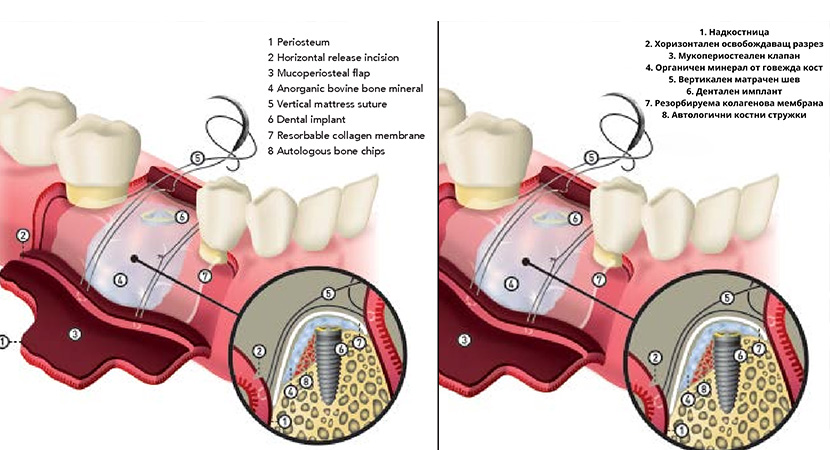
Implant Placement
After an Open Sinus Lift surgery, recovery typically completes within 4-6 months. The duration of the process varies depending on the size of the application area.
In cases where the sinus floor and the ridge of the bone in the upper jaw are more than 4 mm, the lifting and placement of the screw can be performed in the same session. This saves the patient an additional 3 months.
However, if the height of the bone is less than 4 mm, sinus lifting and implant placement should first be considered after 6 months, as the placed screw will not reach the necessary stability.
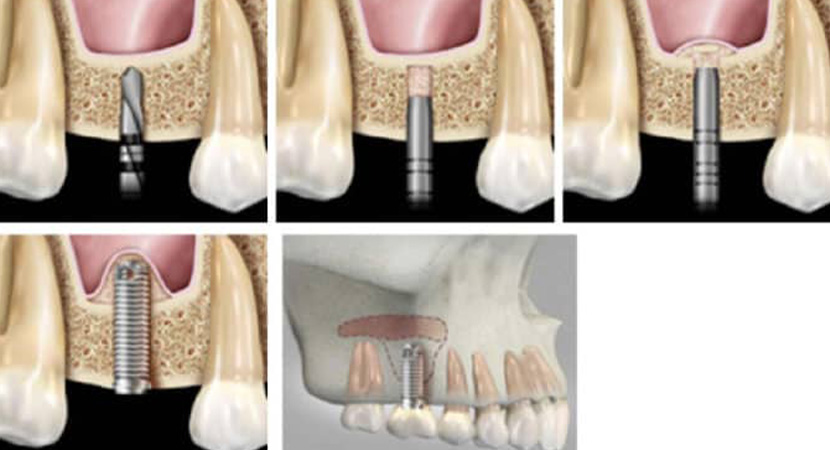
Closed Sinus Lifting
Closed Sinus Lift Technique
In cases where the bone height is relatively sufficient, this technique is applied to increase the height by 1-2 mm. For example, applying a 10 mm implant in an area with 8 mm bone height can significantly extend the treatment's lifespan.
The biggest advantage of this procedure, besides being more accessible compared to Open Sinus Lift, is that the waiting time is shorter, and there is no additional incision in the operation area.
Usually, the intervention is performed from the inside of the slot prepared for the implant; With the help of handy tools called osteotomes and mallets, the bone in the area under the screw is broken with light and rhythmic movements and displaced upwards.
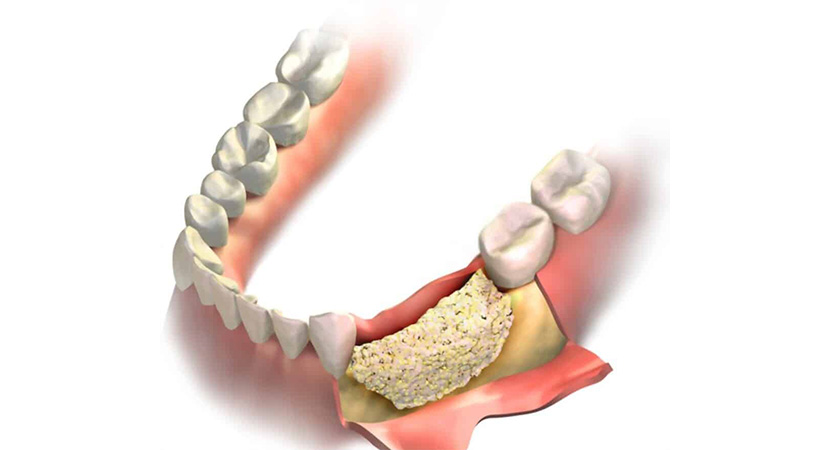
Sinus Lifting Prices
Prices for Sinus Lift procedures, according to the tariff set by the TDB for private clinics, vary depending on the method of execution, whether it's an open or closed Sinus Lift, as well as on the technique, duration, complexity, and the amount of bone graft and membrane used during the procedure. It also depends on the experience of the doctor. If the doctor has an established name in dental circles or is a professional maxillofacial surgeon (this is the optimal choice for the doctor to perform this type of jaw operation and implant placement if you want to be sure of the quality of the work), the price will be higher. If performed by an assistant or a novice doctor with minimal experience, the price will be lower, but you also risk that the operative details may not be performed correctly, and complications may arise later. Depending on the extent of the damage that needs to be corrected in different patients, the price may vary within certain limits. For some patients, the destruction and degenerative changes in the bone structure and composition of the jaws are so significant that most doctors refuse to treat them directly, fearing that they won't be able to handle their case or that the treatment process will become an endless cycle without improvement, leading to more and more complications, costing the patient significant finances, time, energy, and affecting their everyday and work life. This phenomenon is particularly common in Europe and the Balkan Peninsula. There is also the possibility of having problems with anesthesia. In such cases, all interventions must be performed under general anesthesia, and according to Turkish legislation, this is only done in a multidisciplinary hospital with a license for an operating room, a team, and equipment for anesthesia, post-operative hospital monitoring, and stay, for which an additional fee is charged for renting the operating room, and all procedures performed by the surgeon are increased by 50% due to the additional time required for all of this.
What should you pay attention to after the operation?
• Don't worry, there might be some swelling after the Sinus Lift surgery, but there’s nothing to worry as this is normal and you should regularly use your prescribed medications to prevent infection.
• There might be slight bleeding from the nose and the operation area.
• Sneezing, squeezing, blowing your nose, and exhaling forcefully can loosen the stitches, and the implanted membrane may shift, causing the graft to come out.
• If you have a medical history such as allergic rhinitis, your dentist may ask you to use an additional spray.
• 8-10 days after the operation, your doctor will call you for a follow-up examination to assess whether the wound edges have closed and to remove the stitches.
• Smoking delays healing in the mouth. Therefore, avoid smoking for the first three days after the operation.
Complications in Sinus Lifting
• There is always a risk of infection with all surgical procedures. To prevent this, you should pay attention to the instructions recommended by your doctor.
• In rare cases, integration may not occur due to poor blood flow within the applied graft. In such a case, a repeat procedure may be necessary as the implanted implants will not be osseointegrated.
• Additionally, the sinuses' floors are adjacent to bone or may have a multi-angular structure and may tear during the procedure. In such a case, the dentist may recommend suturing the membrane or directly closing the wound and waiting for it to heal.
• In cases where tears occur and heal, the repaired membrane is usually thicker and stronger. Therefore, the second operation has a greater chance of success.
How long does the Sinus Lifting Operation take?
The procedure for unilateral Sinus Lifting takes about 30-45 minutes. The presence of existing teeth in the area of the operation, their connection to the sinus, and the width of the zone can alter the duration of the procedure.
Is the Sinus Lifting Operation harmful?
No, the Sinus Lifting Operation does not affect the function of the sinuses.
Guarantee
We provide you with a lifetime guarantee and a certificate for the surgical procedures and implantology performed. All such interventions are carried out by a professional maxillofacial surgeon with 20-year of experience. And the final phase in the fabrication and placement of the crowns is done by our head doctor, who has received multiple awards for aesthetics in Turkey and Azerbaijan and is preferred by Galatasaray and Fenerbahçe’s football players for their smile designs.


